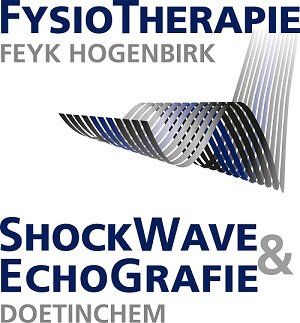Indications Shockwave
High Energy ESWT ShockWave Therapie
Chronic pain and inflammation localized in muscles, tendons and attachments can often be treated with this new form of treatment.
This successful method to treat this pain is called Extracorporeal ShockWave Therapy (High Energy ESWT). This method is comparable to the operation of a kidney stone pulverizer.
The painful area is treated using focused shock waves. HIGH ENERGY ESWT SHOCKWAVE is considered one of the most innovative developments in recent musculoskeletal pain treatment of the last 10 years!
Indications for ShockWave:
- Calcification in general (in muscles, tendons, joints, etc.) Shoulder complaints, including calcification Bursitis (shoulder, hip) Tennis elbow (epicondylitis lateralis) Golfer's elbow (epicondylitis medialis) Hip complaints (throchanteric bursitis) Groin injuries (adductor tendinitis of the groin) Knee injuries ( jumper's knee or runner's knee) Shin splints; Achilles tendon injuries (achillodynia) Foot problems (Morton's Neuroma) Heel spurs and plantar fasciitis Slow healing fractures Non-healing fractures (pseudarthroses) Dead bone (Avascular Necrosis) Stress Fractures Pain point treatment (including Trigger Point Therapy) Fibromyalgia Connective tissue pain and - degenerationMuscle pain and muscle injuriesCapsular problems
Unlike conventional treatment methods, shockwave therapy combats pain directly at its origin without medication or surgery. Many people suffer from tennis elbow, heel spurs, Achilles tendon or shoulder calcification. Many of them have already tried various treatment methods but continue to have complaints. In many cases, surgery can be prevented by ESWT.
PLEASE NOTE: there is also a LOW ENERGY method called ShockWave, but that is RSWT: RADIAL Shockwave. NOT focused, and lower energy! NOT comparable! [A well-known saying is: “It costs nothing, but it is also nothing…”] The results in the literature about ShockWave are all in favor of the High Energy ESWT method.
Contraindications:
ADDRESS
Physiotherapy Feyk Hogenbirk
Gezellenlaan 21
7005 AX Doetinchem
(Free parking)
T 0314 394 222
M 0653669587
info@fysiotherapiedoetinchem.com
OPENING HOURS
- Monday
- -
- Tuesday
- -
- Wednesday
- -
- Thursday
- -
- Friday
- -
- Saturday
- Appointment only
- Sunday
- Appointment only
All rights reserved | Disclaimer | Privacy | Website by Internet agency Doetinchem FrankBrinks.nl




